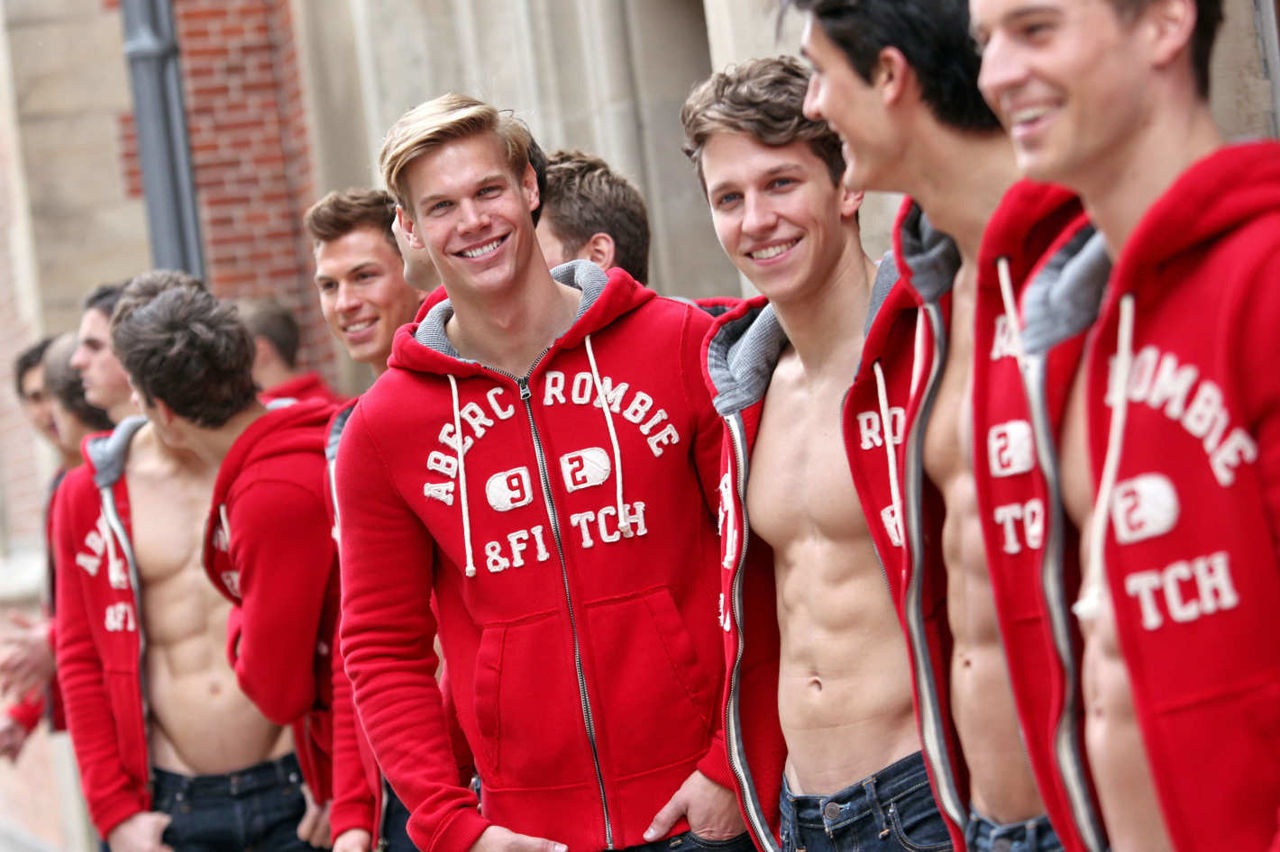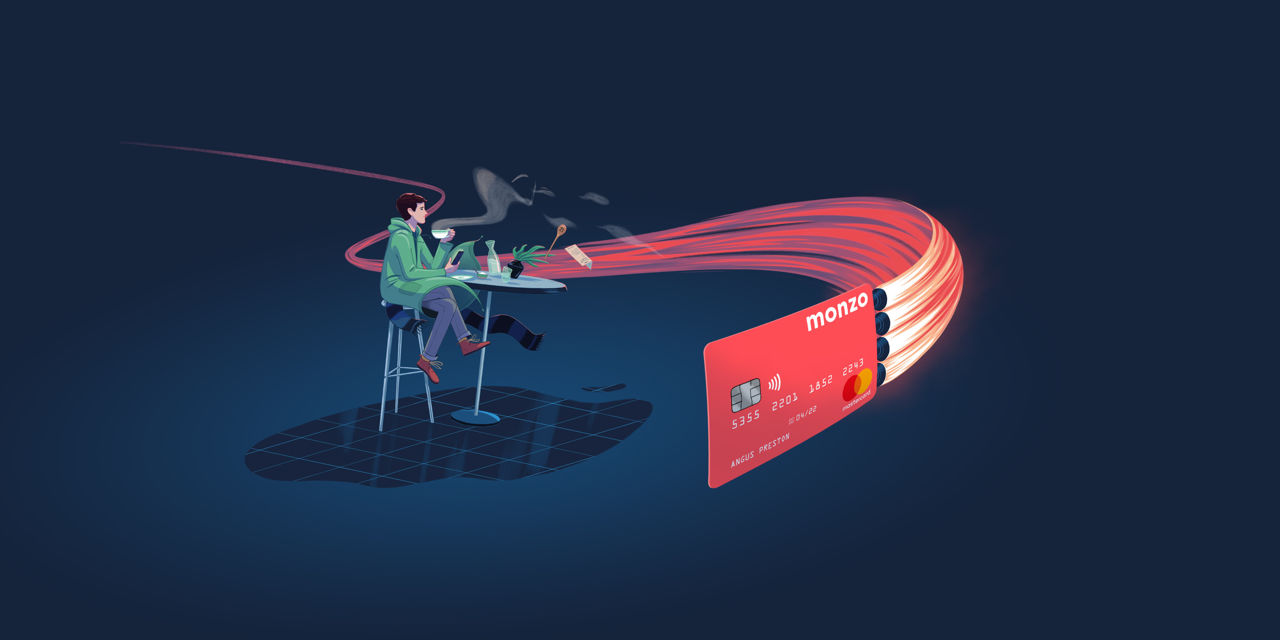How brands can win in times of change
From Seaworld to Abercrombie & Fitch, brands are facing many challenges - both societal and self-imposed - and shedding their old skins in response. Benjamin Knapp, Chief Growth Officer for Saffron Brand Consultants, looks at why reinvention and constant improvement are critical to survival.
In days gone by, a brand’s strategy and visual identity would last for decades.
In a world where silos are now integrated: digital and physical, consumer and producer, global and local, this has reduced to seven to ten years, with smaller visual and strategic updates in between. Brands are having to adopt both a mindset of constant improvement as well as the need to reinvent to stay relevant.
Do you need a rebrand?
Of course, undertaking a rebrand is a big project, and the time should be right. The project should always be fueled by a genuine business need. In disruptive times when audience habits and preferences change at breakneck speed, your brand must still be relevant to its intended audience and fulfilling their needs. A good way of sense-checking is to ask yourself certain questions.

Are you out of step with society?
If you are not receptive to change you can easily find yourself left behind, unless you are willing to evolve. A good example of this is SeaWorld. The US brand was founded in the 1960s and rose to prominence in the 90s and 00s as the world’s leading chain of marine parks. Its star attractions were the large collection of killer whales, performing shows alongside human trainers.
But the release of the documentary Blackfish, which made its way onto Netflix and focused in detail on the orcas' living conditions, suggested that captivity was to blame for whale attacks on staff.
It may not be outside influences affecting your brand performance: it could be problems of your own making.
The shift in public opinion was swift and fierce. An 84 per cent drop in profits followed in a storm of public (and celebrity) boycotts. The brand’s slow reaction led to a monumental downfall, as the brand had become unacceptable and out-of-step with audiences’ expectations. The only option was to change.
The rebrand took on the form of repositioning, ending the use of orcas at the park and homing in on the conservation element of the brand. Early results showed the brand’s reputation is moving in the right direction but time will tell if they have the ability to stay ahead of further change.

Have your sales dropped for a reason within your control?
It may not be outside influences affecting your brand performance: it could be problems of your own making. Founded in 1892, Abercombie and Fitch positioned itself at the turn of the 20th century as the purveyor of clothes to the ‘cooler’ end of the teen market, unashamedly identifying themselves as exclusionary and targeting the ‘attractive all-American kid with a great attitude and lots of friends.’
This brand strategy was implemented and maintained through small sizing that only fit a particular body shape, only hiring good-looking store staff and, despite complaints and call-outs, their sales remained strong. However, when the 2008 recession hit, profits tumbled and it became obvious relevance was a problem too. Their target market had grown up and the adolescents of the mid-00s were more informed and impassioned.
If you took away your brand logo would it be recognisable as your brand? Is there a clear system or style?
The brand’s elitism was alien to this market and it consequently scored lowest in the customer service ratings of any US company. They had no choice but to change. The brand looked at its design - rather than something that reflected membership and exclusivity, they turned to celebrating individuality and uniqueness through tone of voice and messaging. They recruited a more diverse cast of models and changed their advertising messaging to engage with universal shared experiences, like trying new foods, travelling and falling in love. At the end of 2018, the brand’s fortunes were showing encouraging signs of improvement.

Could design differentiate you?
The attraction of what is beautifully designed and provides a satisfying service is undeniable. Great design is seductive and those who invest in design are raising the bar of what is expected and reaping the rewards. If you took away your brand logo would it be recognisable as your brand? Is there a clear system or style?
Take Monzo for example. The digital-only bank launched in 2015 with no branches and a beta app. In less than a year after launch its waiting list had surpassed 20,000 people and it now has two million customers. Everyone knows the iconic ‘hot coral’ card and tales of its customer experience have created a viral impact.
Challenge your brand by asking these questions and remember that authenticity, relevance and differentiation are key to success, no matter your industry.
By asking people what they wanted, Monzo were able to design a clean, simple user interface that was intuitive and enjoyable to use - approach that immediately differentiated them from the competition where traditional banks had been sluggish in their approach to design, with clunky apps that were very much extensions of the physical.
Brands today are living in times of dramatic change. Forces of convergence are affecting all areas of our lives, from the way we shop to the way we communicate with brands. Challenge your brand by asking these questions and remember that authenticity, relevance and differentiation are key to success, no matter your industry.
)




 + membership
+ membership








